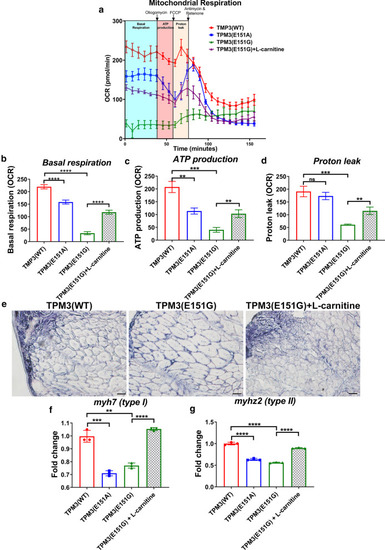- Title
-
L-Carnitine ameliorates congenital myopathy in a tropomyosin 3 de novo mutation transgenic zebrafish
- Authors
- Hsu, P.J., Wang, H.D., Tseng, Y.C., Pan, S.W., Sampurna, B.P., Jong, Y.J., Yuh, C.H.
- Source
- Full text @ J. Biomed. Sci.
|
Appearance, survival rate, X-ray images and histopathological examinations of muscle in |
|
T-maze behavior test for adult |
|
Muscle endurance test for adult F1 |
|
PHENOTYPE:
|
|
|
|
Deep sequencing data for |
|
Analysis and interpretation the embryos of |
|
Ingenuity pathway analysis (IPA) network and canonical pathway analysis for the genes dysregulated in the |








